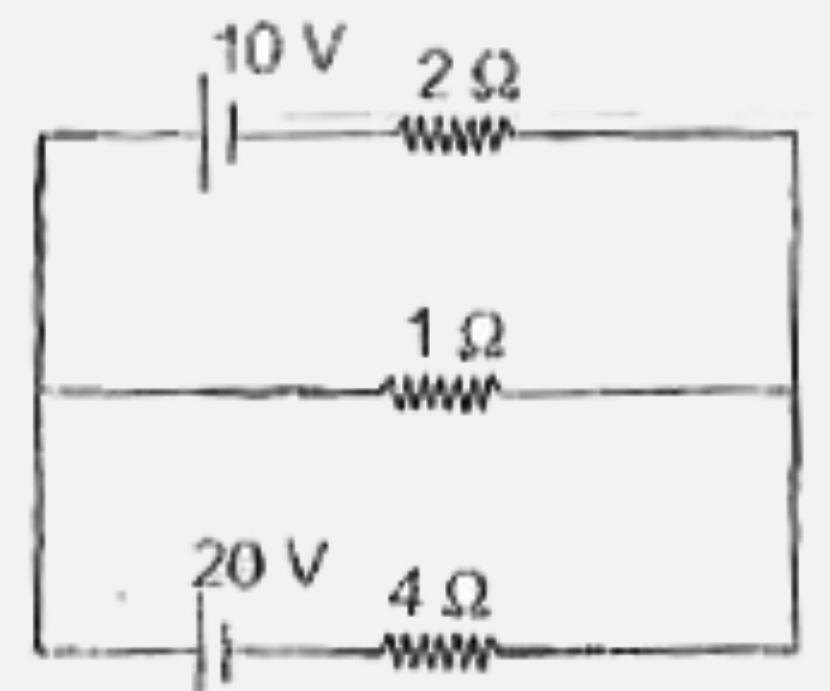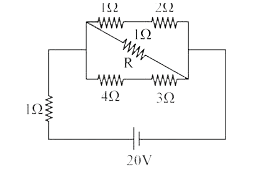When a current passes through a resistor, its temperature increases. Is it an adiabatic process?
may increase or decrease
remains constant
increases
decreases
The correct Answer is:C
Step by step video solution for When a current passes through a resistor, its temperature increases. Is it an adiabatic process? by Physics experts to help you in doubts & scoring excellent marks in Class 12 exams.
Updated on:21/07/2023Topper's Solved these Questions
- CURRENT ELECTRICITYBOOK - AAKASH SERIESCHAPTER - CURRENT ELECTRICITYEXERCISE - PRACTICE SHEET (EXERCISE - I LEVEL-II (ADVANCED) (More than One correct answer Type Questions))
1 Video
- CURRENT ELECTRICITYBOOK - AAKASH SERIESCHAPTER - CURRENT ELECTRICITYEXERCISE - PRACTICE SHEET (EXERCISE - I LEVEL-II (ADVANCED) (Linked Comprehension Type Questions))
5 Videos
- CURRENT ELECTRICITYBOOK - AAKASH SERIESCHAPTER - CURRENT ELECTRICITYEXERCISE - PRACTICE SHEET (EXERCISE - I LEVEL-I (MAIN) (Straight Objective Type Questions))
7 Videos
- CURRENT ELECTRICITYBOOK - AAKASH SERIESCHAPTER - CURRENT ELECTRICITYEXERCISE - PROBLEMS (LEVEL-II)
27 Videos
- DUAL NATURE OF RADIATION AND MATTERBOOK - AAKASH SERIESCHAPTER - DUAL NATURE OF RADIATION AND MATTEREXERCISE - PRACTICE EXERCISEX
42 Videos
Similar Questions
When a current passes through a resistor, its temperature increases. Is it an adiabatic process?
View SolutionWhen no current is passed through a conductor,
View SolutionCurrent through the 5Ω resistor is

View SolutionFind the current through resistor R

View SolutionThe current through the 5Ω resistor is

View SolutionThe value of current through 2Ω resistor is

View SolutionFind the current through resistor R.

View SolutionFind the current through 12Ω resistor in

View SolutionElectric current through 400Ω resistor is :

View SolutionA constant current i is passed through a resistor. Taking the temperature coefficient of resistance into account, indicate which of the plots shown in Figure best represents the rate of production of thermal energy in the resistor

View Solution
